Design or elaborate dishes with natural vegetable dye without toxic product flavors. Your kids will love it. We will show you how. Keep reading.
Did you know that most store-bought food coloring contains toxic ingredients? Yes, they are called FD&C Yellow 5, FD&C Red 40, and Propylene glycol.
Now I will recommend that instead of feeding our bodies with these harmful chemicals, you can make your own homemade safe and natural food coloring that can be used to dye eggs, rice and create art on plates, and more!
Choose your fresh vegetable of choice.
I used beets, sweet potatoes, and kale. Using a mandolin or knife thinly slice the veggies and dehydrate until almost crispy. Then place in a blender until a fine powder is created.
Note: If you don’t have a dehydrator you can purchase already dehydrated vegetables in most natural grocery stores.
At this stage, you can use edible vegetable powder to add color to dishes. The powder is mostly flavorless but creates a visually pleasing look.
Create homemade vegetable food coloring by adding water to the powders and then straining through a cheesecloth or a fine mesh strainer. Some particles will be left in the solution, but I think they add a colorful dimension.
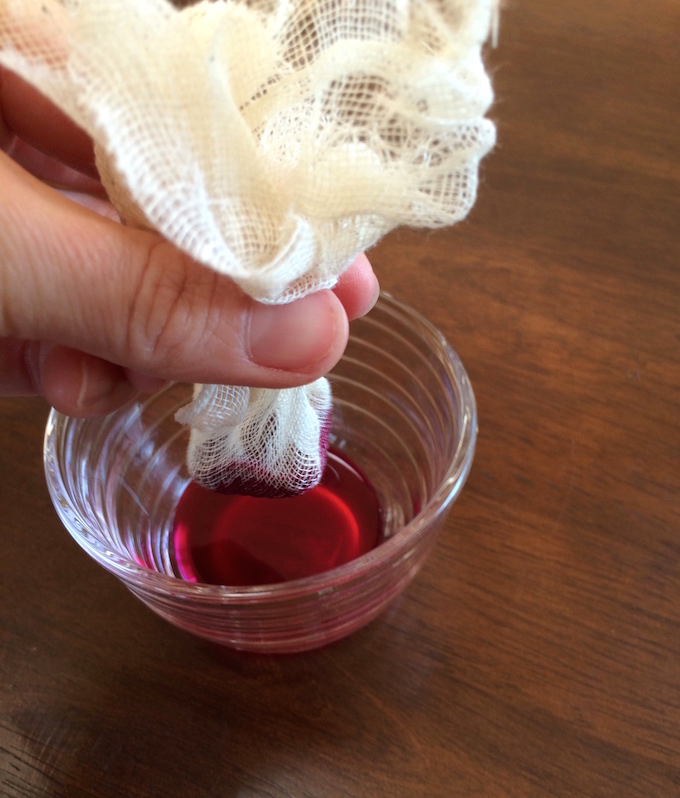
Straining liquid through a fine mesh strainer.
Using a spoon dab some of the vegetable dye onto white plates for an artistic look!
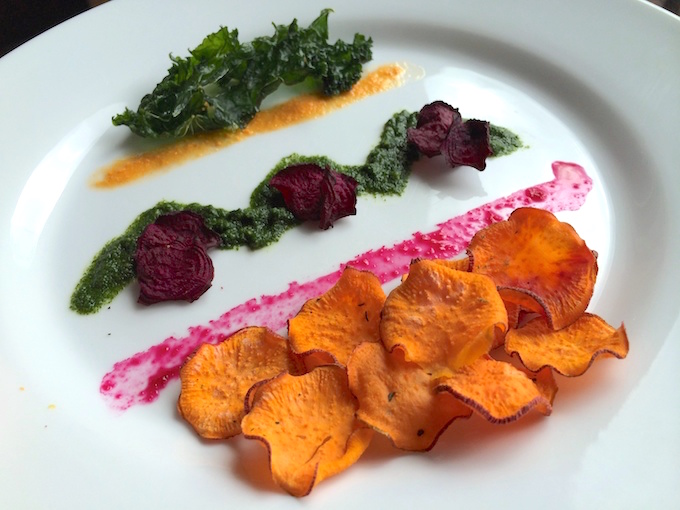
Artistic plate vegetable design
Use can also “paint” the entire plate using a silicone basting brush. Allow the thin layer of vegetable dye to dry at room temperature before using it.
You will then have an edible, colorful plate to present your food upon!
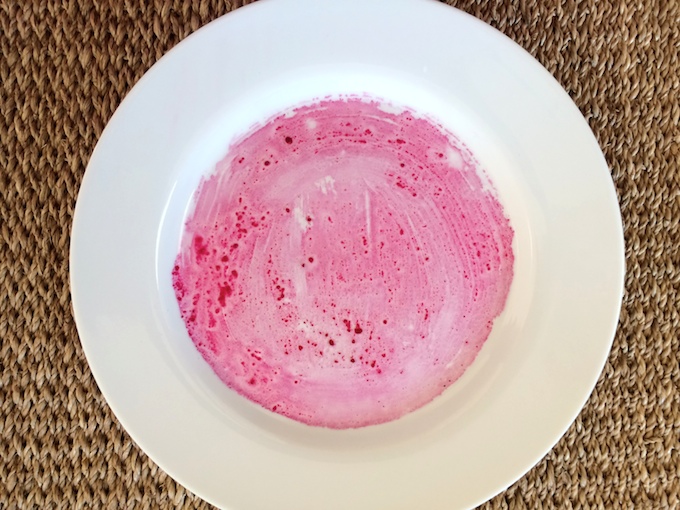
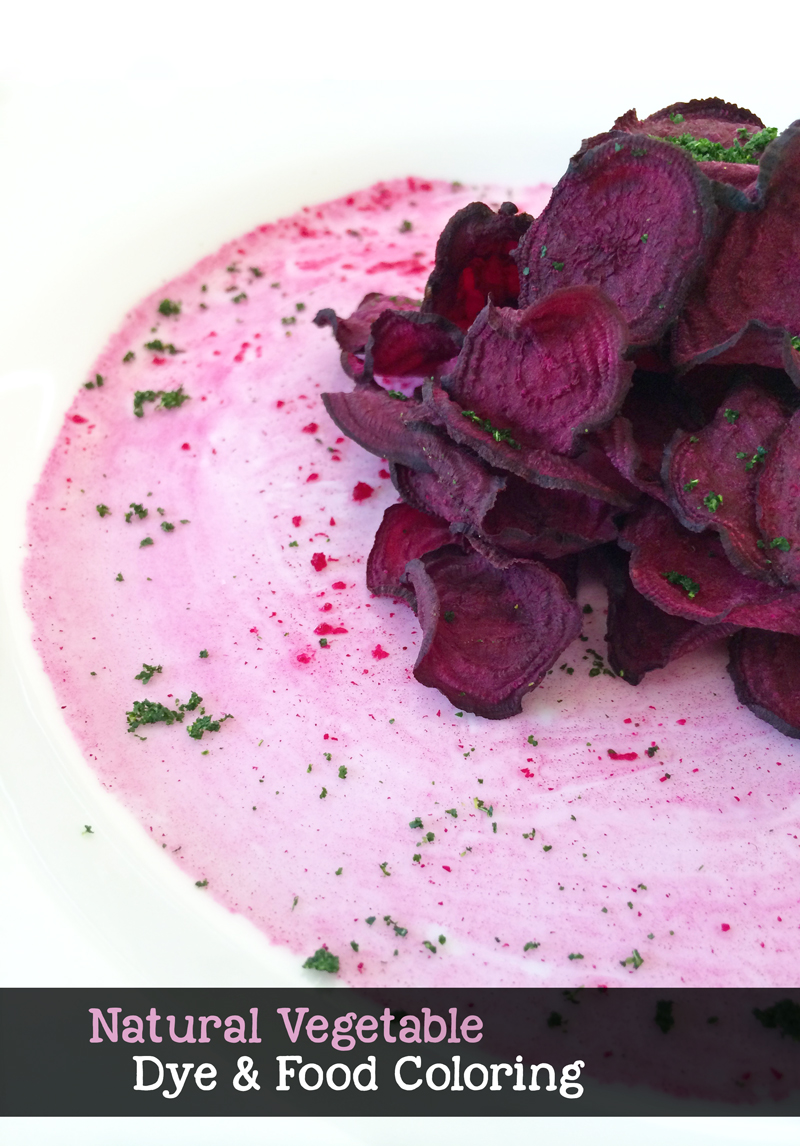
This natural vegetable food coloring can also be used to dye eggs. For example, be creative and use this technique for the Easter holidays.
However, instead of using water to create the dye, use vinegar as it will help the color to soak in. The eggs will turn a soft pastel color, perfect for Easter fun family time!
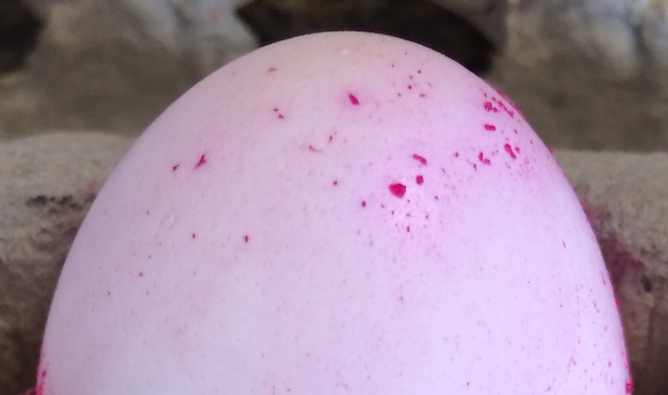
To sum up
The possibilities of food coloring combinations are endless. Let your imagination run wild. Kids are great at this, run a little workshop with your kids on a Saturday morning and see how they will love it.
You can also use berry fruits such as blueberries, pomegranates, plums, and cranberries to create the dyes.
This requires a bit of planning ahead, but I am sure it’s worth it.
Have fun playing with your food! And let’s know in the comments below.
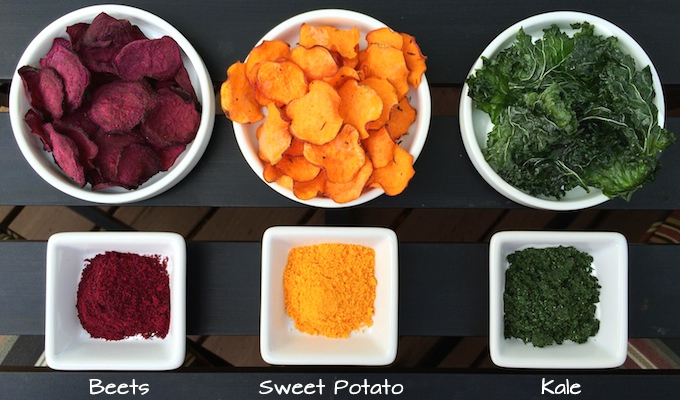
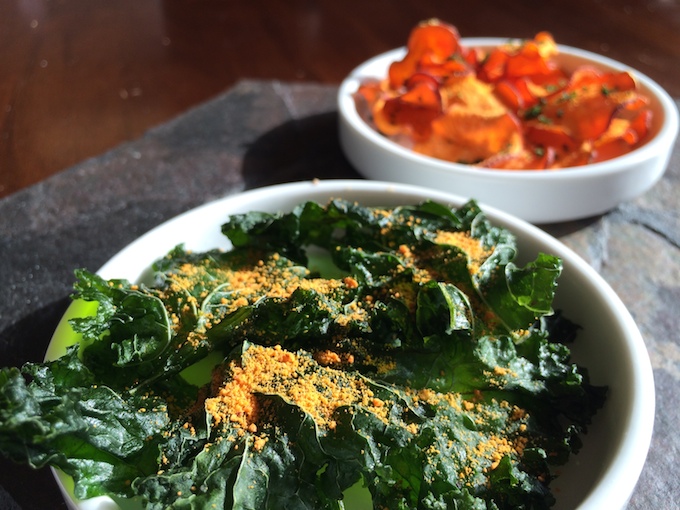
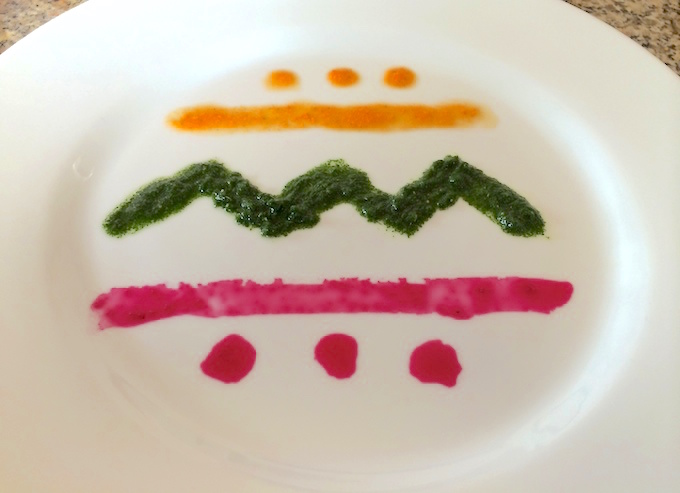
Leave a Reply
You must be logged in to post a comment.